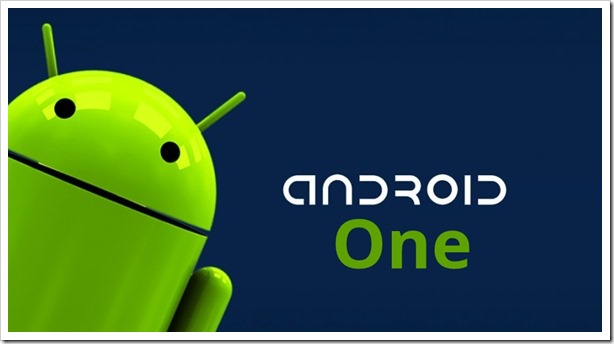Google Adds Celkon And Intex As Android One Partners In India

Android One (def.)- Google’s way of unifying the platform without actually doing it.
This is one of the things that I love about Google. They are not afraid of change and are into strange ideas. While this one is not as weird as Internet Balloons or as cool (for lack of a better word) as Google Glass, this is still a radical idea.
With Android One, Google is trying to create a specification set that will help the smartphone makers build cheaper standardized handsets. The advantage of this way is two-fold to the phone maker. First is that these companies get Google-certified phone recipe. This means the brand image improves as the phone now is Google approved. Second is that the companies will no longer have to worry about updating the phone and the OS not running beautifully on their phone.
For Google, it simply gives them more control over rogue mobile phones with old Android OS. These unreliable creatures often lurk in the cheap Android phone section and with this approach, these phones get updated to latest Android.
Also, because now Google controls the specs, the phones become more streamlined and it becomes more like an Apple system rather than Windows system now.
The biggest advantage however is to consumers who get to buy cheaper phones without worrying about whether it will be updated or run as smoothly as it should. If it is part of Android One, it will. At least in theory!
Till now, Google has mentioned three partners from India (which will be Google’s biggest platform for this project)- Micromax, Karbonn and Spice.
Now, Hyderabad based Celkon Mobiles has inked a partnership with Google. Along with them, Intex seems to be in the line as well and should soon be in the party.
According to Chia-Lin Chang, president of global sales and CFO, HTC, the Taiwanese company is also considering joining hands in an attempt to boost its dropping market share in developing nations.
It is indeed a robust start for Android One which seeks to improve Android’s position as market leader in all nations. With over 90% market share in India, Google seeks to find new customers instead converting existing ones.
This way, it can get more people online. After all, from Google’s point of view, a person holding a Rs. 5000 phone and a person holding a Rs. 50000 phone is same if what they do on the phone is same.
Now coming to my original definition of Android One. It is not actual unifying because Google will have to tweak Android for it to run smoothly on these phones. While these tweaks might not break the Android into two, it will surely mean that you cannot simply root and install a new ROM that is not specifically made for low end phones.
This also gives Google more room to wriggle in the high end segment as it can add a few glitters there (that need higher processing power) while removing them from Android One.
I believe Google’s minor love affair with Motorola has given it a lot knowledge about hardware that the company is utilizing efficiently. Given the success of Motorola in India in past few months, I would say that Android One might find a similar trend as well.
